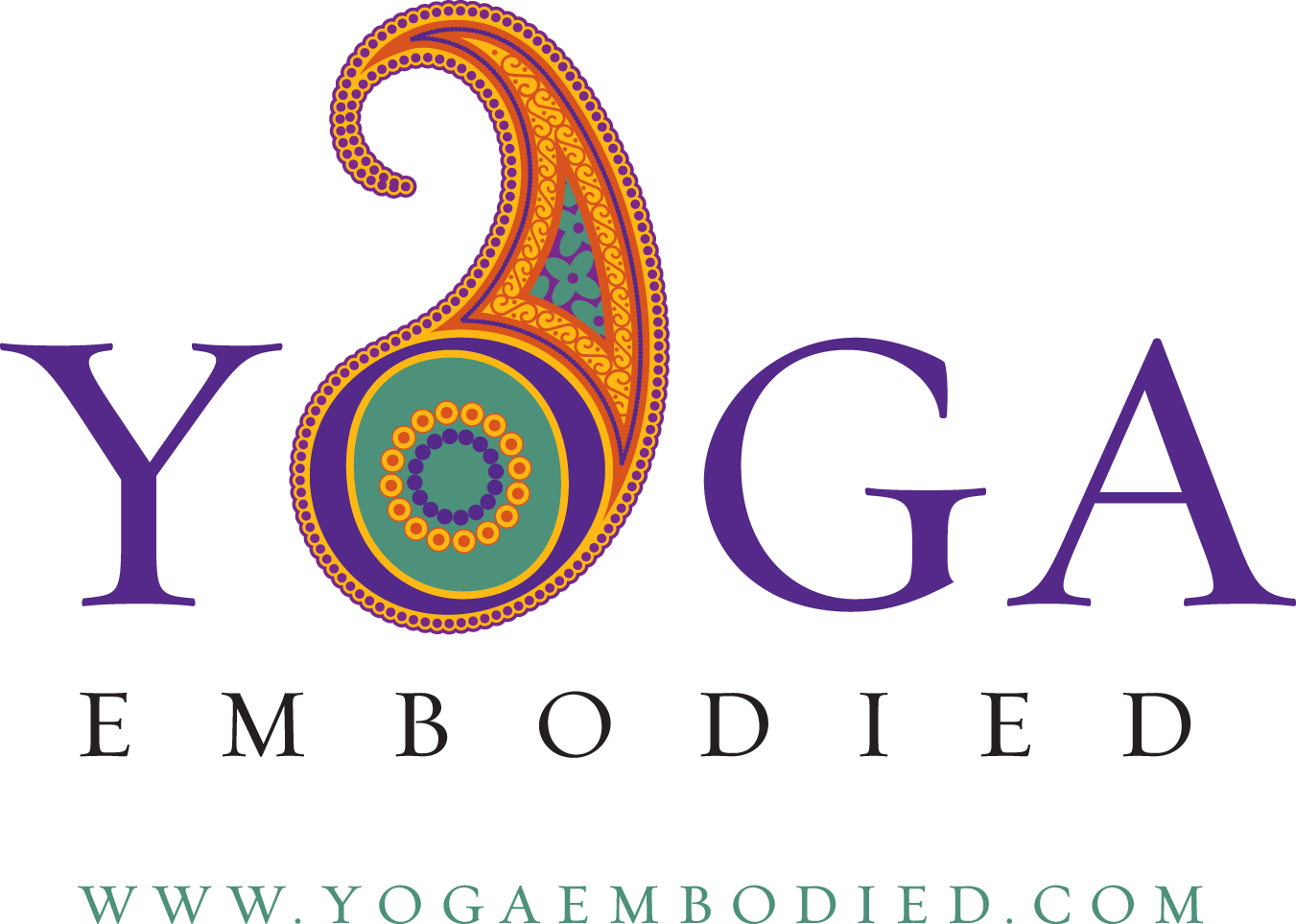Take a seat
Happy New Year! We are continuing with our blog on Yoga and Ayurveda… This time about the squat. If you have any suggestions or thoughts you would like to read about please do let me know on info@yogaembodied.com. I am also around in SW London for Ayurvedic consultations and treatments as well as Yoga Classes. Have a look at my timetable here.
The Yogic Squat is one of the most health bringing postures and is often highly recommended in Ayurveda (the ancient Indian medical system).
Now before I start going on about the benefits of the pose let’s give it a try using various modifications. First think of your alignment.
As with most yoga postures your knees and toes should point in the same direction so adjust your feet to assist proper support for your knees. Toes will point outwards.
Never compromise your body’s signals to change your posture – listen to your body.
There should be no pain in your knees in this (or any) asana.
This pose is very intense so maybe start by sitting on a small stool or yoga block(s) with your feet wide apart in front of you. If you can squat with you heel firmly grounded on the floor just enjoy! If your heels are off the floor but you feel fine in your groin and hips then put some telephone books, a rolled up towel or yoga blocks under your heels so you can relax downwards.
The point of the Yogic Squat is to let go and release. So find your modification. Bring your elbows to the inside of your knees and bring your palms together in a prayer position. The arm gesture encourages openness and broadness across your chest. Feels your heart lift and a lightness in your chest. Then start to relax your hips downwards. Experience a heaviness through your pelvis – gravity.
This gravity supports the flow of the downward movement of Prana (or the wind element in Ayurveda). In Ayurvedic medicine we call this energy Apana Vayu. One of the most important energies in our system. If the downward movement is not working properly it can influence our whole system. A correct movement of Apana Vayu is responsible for elimination of urine, wind, bowel movements and can even affect our breathing, nervous energy and anxiety. Apana Vayu is also helping in childbirth and during menstruation. It is a natural birthing position for the mother comfortable with this pose. (However if you suffer with any kind of pelvic instability consult your health advisor and yoga teacher before attempting this asana – and only do the first variation if appropriate).
This is best asana for those who suffer for constipation. And it is indeed one of the poses used in many countries when visiting the toilet.
Aside from assisting Apana Vayu the Yogic Squat releases tension in the lower back, opens the hips and creates flexibility in the ankles and legs. Mentally it is settling the mind (as Apana Vayu is moving in its right direction and not afflicting our breath and thoughts), very grounding and relaxing.
Start with a few breathes in this position and when ready enjoy for as long as you like!
A very strong and unusual pose for most people in the Western world so do take it easy here. It is great during pregnancy but follow your yoga teacher’s and health advisor’s advice when practising. If you have any questions please visit me on www.yogaembodied.com
Posted March 28, 2011
